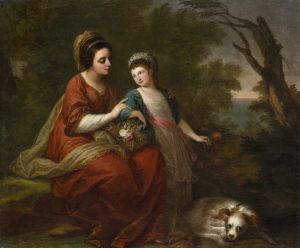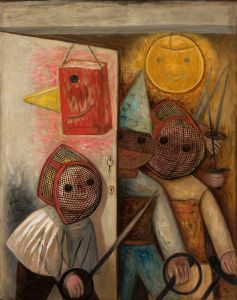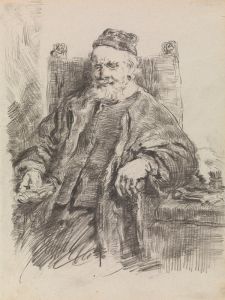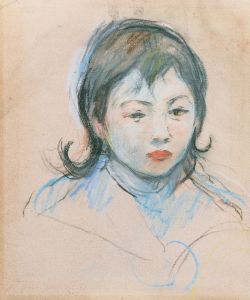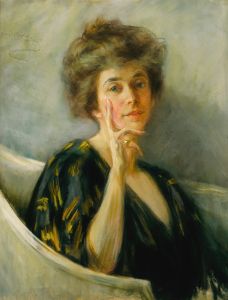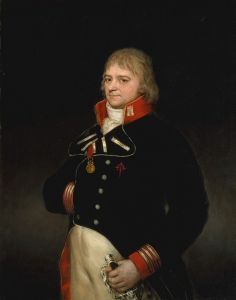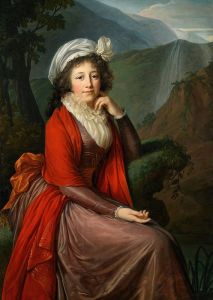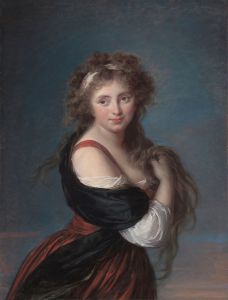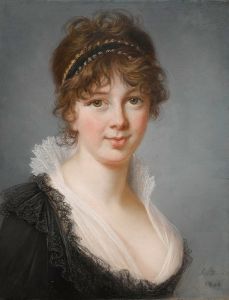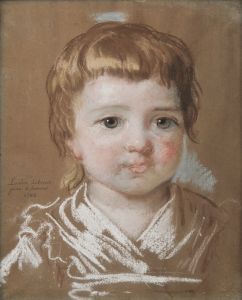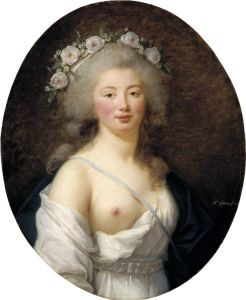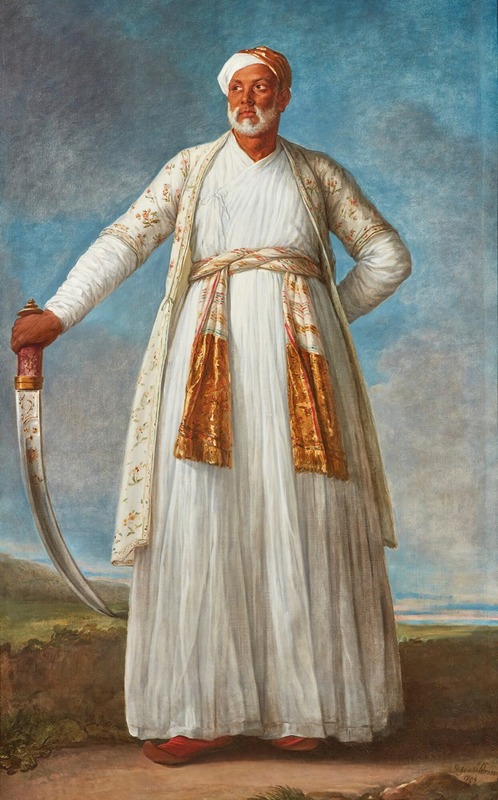
Portrait Of Muhammad Dervish Khan
A hand-painted replica of Elisabeth Louise Vigée Le Brun’s masterpiece Portrait Of Muhammad Dervish Khan, meticulously crafted by professional artists to capture the true essence of the original. Each piece is created with museum-quality canvas and rare mineral pigments, carefully painted by experienced artists with delicate brushstrokes and rich, layered colors to perfectly recreate the texture of the original artwork. Unlike machine-printed reproductions, this hand-painted version brings the painting to life, infused with the artist’s emotions and skill in every stroke. Whether for personal collection or home decoration, it instantly elevates the artistic atmosphere of any space.
Elisabeth Louise Vigée Le Brun, a prominent French portrait painter of the late 18th century, is renowned for her skillful and expressive portraits of European aristocracy and royalty. One of her notable works is the "Portrait of Muhammad Dervish Khan," painted in 1788. This painting is a striking example of her ability to capture the character and presence of her subjects.
Muhammad Dervish Khan was an Indian ambassador to France, representing the Mughal Empire. His visit to France was part of a diplomatic mission to establish and strengthen political and economic ties between the Mughal Empire and the French monarchy. The portrait was commissioned during his stay in Paris, reflecting the cultural and diplomatic exchanges between the two nations during that period.
In the portrait, Muhammad Dervish Khan is depicted in traditional Mughal attire, which includes a richly embroidered robe and a turban adorned with jewels. Vigée Le Brun's attention to detail is evident in the intricate patterns of the fabric and the delicate rendering of the jewels, which highlight the ambassador's status and wealth. The use of light and shadow in the painting enhances the three-dimensional quality of the figure, giving him a lifelike presence.
Vigée Le Brun's portrayal of Muhammad Dervish Khan is not only a testament to her technical prowess but also to her ability to convey the dignity and authority of her subjects. The ambassador's calm and composed expression, along with his direct gaze, suggests a man of intelligence and confidence, qualities that were likely important for his diplomatic role.
The background of the painting is relatively simple, with a dark, neutral tone that contrasts with the vibrant colors of the ambassador's clothing. This choice of background helps to focus the viewer's attention on the subject, emphasizing his importance and the cultural significance of his visit to France.
Elisabeth Louise Vigée Le Brun was one of the few female artists of her time to achieve significant recognition and success. Her career flourished despite the challenges faced by women in the male-dominated art world of the 18th century. She was a favorite of Queen Marie Antoinette and painted numerous portraits of the queen and her family, which further established her reputation as a leading portraitist of her era.
The "Portrait of Muhammad Dervish Khan" is an important work within Vigée Le Brun's oeuvre, as it not only showcases her artistic talent but also reflects the broader historical context of international diplomacy and cultural exchange. The painting remains a valuable piece of art history, offering insights into the interactions between Europe and the Mughal Empire during the late 18th century.
Today, the portrait is housed in the Musée National des Châteaux de Versailles et de Trianon, where it continues to be admired by visitors from around the world. It stands as a testament to the enduring legacy of Elisabeth Louise Vigée Le Brun and her contributions to the art of portraiture.





